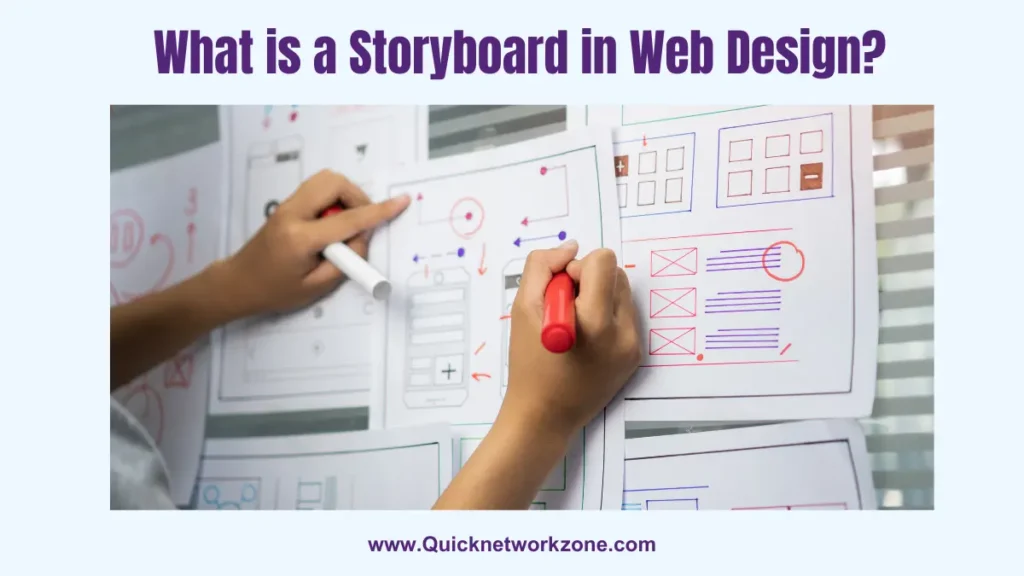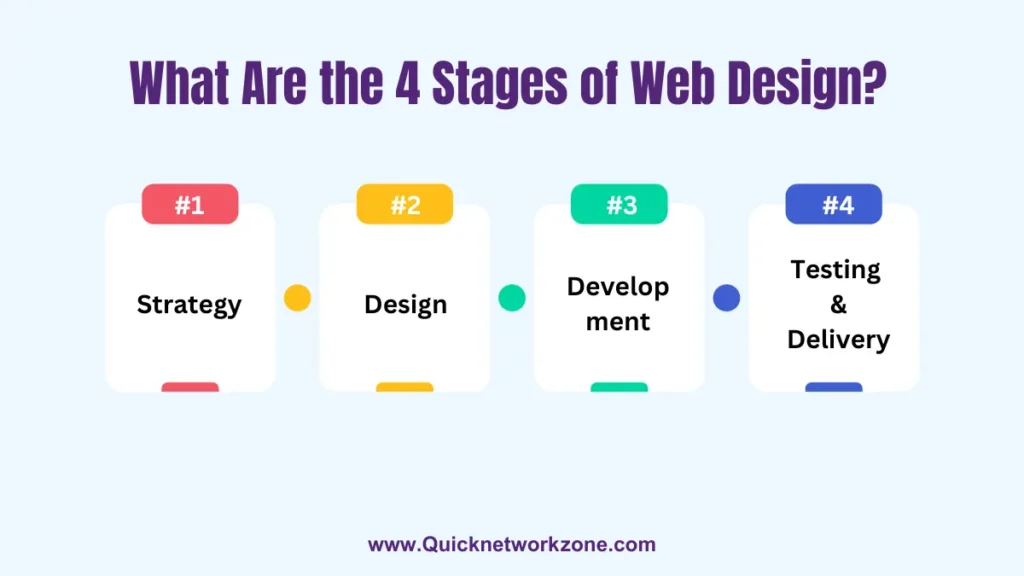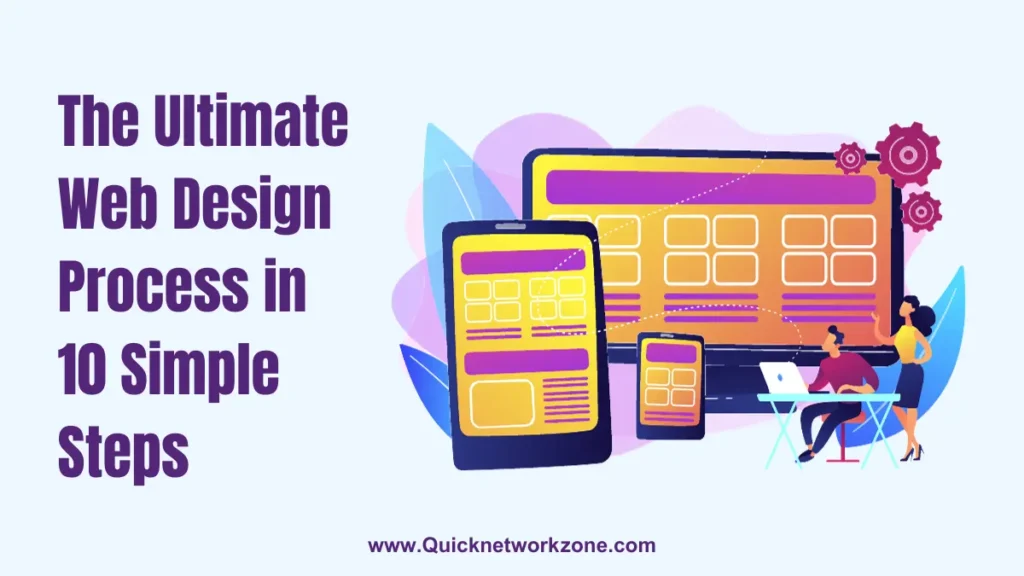Creating a successful digital product takes careful planning, research, prototyping, and refinement. The iterative design process is a proven framework for developing products that truly meet user needs.
Got No Time? A Quick Answer for You:
The iterative design process involves repeatedly testing prototypes with real users, gathering feedback, and refining the design through multiple iterations until it solves the right problems for users. The main steps are:
- Research user needs
- Brainstorm solutions
- Create lo-fi prototypes
- Test with users
- Refine prototypes
- Repeat testing and refining until the design is good enough
The iterative approach allows designers to course-correct throughout development, rather than follow a rigid linear path. This results in products that are more intuitive, engaging, and solve real-world problems.
Overview: The Power of an Iterative Approach
In today’s competitive landscape, understanding users and iterating designs based on feedback is critical. The iterative design methodology helps UX designers truly empathize with users at each stage of product development.
Rather than a rigid sequence of steps, iterative design is flexible and non-linear. Designers can loop back to any previous stage at any time as they gain new insights. This cyclical process of repeated testing and refinement allows products to evolve to meet user needs.
The iterative approach stands in stark contrast to the waterfall methodology, which follows a strict linear sequence. Once a phase is complete, there’s no going back. This results in wasted time and effort if products miss the mark for users.
By focusing on users from the start and rapidly validating ideas, the iterative process reduces risk and drives innovation. Products shaped by user feedback have a higher chance of delighting customers, gaining adoption, and achieving success.
In this comprehensive guide, we’ll dig into:
- The key benefits of iterative design
- The 5 stages of the iterative process
- Tools and techniques for each stage
- Examples of iterative design in practice
- Tips for making the process work for your team
Let’s get started exploring the iterative design methodology and why it should be a cornerstone of UX strategy.
The Core Benefits of an Iterative Design Process
Iterative design brings several advantages over traditional linear approaches:
1. Creates More Intuitive User Experiences
The iterative process focuses squarely on users at every stage. By testing prototypes directly with target users, designers gain empathy and observe how real people interact with products. This allows them to craft more intuitive interfaces that map to user expectations and mental models.
According to research by Nielsen Norman Group, interfaces improved by an average of 38% with each iteration of user testing.
2. Validates Product Ideas Early
Testing rough prototypes early on allows designers to validate if a product concept actually solves a real user need before investing heavily in development. If research shows an idea won’t resonate with users, teams can rapidly pivot.
3. Saves Time and Money
Finding issues early in the design cycle is far less expensive than discovering problems after launch. Iterative testing surfaces flaws when it’s easiest and most cost-effective to change course. This prevents costly rework downstream.
4. Creates User Loyalty
Involving users directly in the design process fosters a feeling of investment and partnership. This helps convert one-time users into loyal brand advocates.
5. Drives Innovation
The iterative cycle provides opportunities to explore multiple solutions. Unlike rigid linear models, designers have the freedom to get creative and test cutting-edge ideas throughout development.
6. Adapts to Change
The flexible nature of iterative design accommodates new information and changing requirements. As the competitive landscape shifts or new technologies emerge, teams can quickly test and integrate new concepts.
By keeping users at the heart of the process, iterative design yields products that are intuitive, useful, and loved. Next let’s walk through the 5 key stages of the iterative design cycle.
The 6 Stages of the Iterative Design Process
While every team will adapt the iterative methodology to their needs, the process generally flows through 6 core stages:
| Stages | Description |
|---|---|
| Empathize | Immerse in the user perspective through research |
| Define | Frame clear user problems based on insights |
| Ideate | Brainstorm wide range of creative solutions |
| Prototype | Build rough models to convey proposed designs |
| Test | Gather feedback from real users on prototypes |
| Iterate | Use insights to refine prototypes and repeat process |
Let’s explore each stage of the iterative design process in detail.
Stage 1: Empathize – Research User Needs
Every great product starts by understanding user wants, frustrations, and behaviors. At this first stage, designers immerse themselves in the user perspective through:
- User interviews – One-on-one conversations to probe their thinking patterns, pain points, and expectations
- Surveys – Broad questionnaires to gather input from a large sample of potential users
- Competitor analysis – Studying strengths and weaknesses of other products in the space
- Market research – Understanding wider industry trends and challenges users face
- Journey mapping – Illustrating the end-to-end experience users go through to accomplish key tasks
- Personas – Creating archetypes representing target user segments to design for
The empathy stage focuses on framing the right design problem and unpacking the user’s worldview. This research provides the foundation for generating effective solutions in the next stage.
Stage 2: Define – Translate Insights into Design Problems
With research insights in hand, designers synthesize findings into clearly defined design problems. This involves:
- Summarizing pain points – Which user needs are going unmet? Where are users struggling most?
- Identifying opportunities – What improvements would users most appreciate? How could we delight them?
- Outlining objectives – What key results does the product need to achieve for users and the business?
- Mapping user flows – What are the steps users take to reach their goal? How might we optimize these?
- Drafting user stories – Crafting narratives describing how target users will interact with the product’s core features.
The goal of the Define stage is framing actionable problem statements to kickstart ideation. This provides the design team with a north star for evaluating proposed solutions.
Stage 3: Ideate – Brainstorm Potential Solutions
With clearly defined user problems in hand, designers now switch gears to brainstorm solutions. This phase involves rapidly generating a wide range of concepts to explore.
- Individual brainstorming – Each team member sketches ideas first independently. No idea is too crazy at this point!
- Group brainstorming – The team shares ideas and builds on others’ concepts to push the limits.
- Competitive analysis – What solutions have competitors tried? Can we improve upon them?
- Concept maps – Visually link related ideas to uncover layouts and flows.
- Storyboarding – Illustrate how users might move through proposed interfaces and interactions.
- Affinity mapping – Cluster ideas into groups to identify common themes and design principles.
The goal is to explore the solution space broadly and get creative juices flowing at this stage. Next we’ll filter and refine the most promising options.
Stage 4: Prototype – Transform Concepts into Testable Models
Prototyping brings ideas to life in a tangible way for user testing. This involves mocking up proposed solutions at varying levels of fidelity:
- Paper prototyping – Hand sketch key interface elements and user flows
- Wireframes – Map core screens and functionality in an application
- Mockups – Add color, typography, and visual design to mimic the final product
- Interactive prototypes – Link screens together to demonstration navigational logic and interactions
Prototypes should provide enough detail to convey the essence of the experience to testers. But teams should avoid spending too much time refining specifics this early.
The goal is to translate the most promising ideas into artifacts that can be evaluated by users in the next stage.
Stage 5: Test – Get Feedback from Representative Users
With prototypes in hand, it’s time to put our concepts in front of real users in the target market:
- Moderated usability testing – One-on-one sessions where testers complete tasks as designers observe
- Unmoderated testing – Remote testing where participants give feedback independently through tools like UserTesting.com
- A/B testing – Try variations of an interface to see which performs better
- Concept testing – Gauge user response early in the process to proposed functionality
- Surveys – Gather broad input on attitudes toward the product concept
Testing reveals how representative users actually interact with the product. Do they understand the purpose immediately? Where do they struggle? Observation and user feedback at this stage is invaluable for refining the design.
Stage 6: Iterate – Refine and Repeat the Process
Once user tests are complete, designers regroup to analyze results and prioritize improvements for the next iteration. By repeating this loop, products evolve to better meet user needs:
- Review feedback – Compile notes, recordings, and survey data to identify issues
- Pinpoint flaws – Determine what parts of the design confused users or hindered their flow
- Improve prototypes – Address feedback by refining flows, interactions, and visual design
- Define new tests – Based on insights uncovered, plan additional rounds to investigate open questions
- Repeat testing – Continuously refine the design through subsequent iterations until satisfaction criteria are met
The cycle repeats until prototypes solve users’ needs. Build, measure, learn – ongoing small tests yield big results over time.
Iterative Design Tools and Methods
Now that we’ve covered the core stages, let’s discuss some of the top tools and methods designers rely on to bring the iterative process to life:
- Sketching – Quickly draw interface ideas and storyboards for early exploration.
- Figma – Allows teams to collaborate in real-time on a central prototype file.
- Invision – Link screens together into clickable prototypes for usability testing.
- UserTesting – Schedule moderated live user tests and collect feedback.
- Validately – Recruit participants and run unmoderated remote tests.
- UsabilityHub – Get feedback on designs through quick surveys and preference tests.
- Ethnio – Intercept people while they use sites to recruit for user research.
- Hotjar – Record real visitor sessions, mouse movements, clicks, and form drops.
- Optimizely – Rapidly create and experiment with design variations using A/B testing.
The right mix of tools helps teams quickly iterate through the cycles of prototyping and testing with real users. But remember: the tools come second to the core mindset of embracing feedback and constant improvement.
Avoiding Common Iteration Pitfalls
While iterative design offers many benefits, it also comes with some potential drawbacks teams should keep in mind:
Endless Iterations Without a Clear Goal
It’s possible for iterations to continue indefinitely without a set “definition of done”. Teams should establish metrics and target outcomes to work toward to prevent endless cycles.
Oversights From Not Involving Other Roles
Iteration cycles should also incorporate frequent check-ins with stakeholders outside the design team to avoid misalignment.
Users Tell You Their Opinions, Not Needs
Directly asking users what they want can lead down the wrong path. Teams need to watch user behavior carefully and read between the lines.
Unclear Testing Goals
Testing without a focus on specific problems to investigate can yield superficial feedback that doesn’t drive meaningful change in iterations.
Unrealistic Fidelity Too Early
Overinvesting in slick prototypes too soon may bias user opinions before core functionality is proven.
By being aware of these pitfalls, teams can tailor the iterative process thoughtfully and maximize its benefits.
Real-World Examples of Iterative UX Design
The iterative process may sound abstract, so let’s look at a few real-world examples:
1. Slack’s Loading Screen
In the early days of Slack, the app showed a simple logo during launch. User tests revealed people wondered if the app was broken. Slack iterated to add a loading indicator, which reduced anxiety and confusion.
2. Google Maps’ Landing Page
Google Maps originally dumped users right onto the map. Usability testing showed people first needed orienting. Google added a more personalized landing page explaining core capabilities.
3. YouTube’s Video Homepage
YouTube’s video page was initially just a list of recommended videos. Iterative tests proved people wanted easier browsing and more context. The current thumbnail-rich grid was born.
These examples show how small iterative changes—informed by watching real users—compounded to revolutionize products. Testing and refinement never stop as long as customer needs evolve.
Key Takeaways
- The iterative design process involves cycling through prototyping, testing, analysis, and refinement to create user-centered products.
- This flexible methodology lets teams adapt and improve solutions along the way based on user feedback.
- Iterative design yields more intuitive products by validating ideas with the true end user early and often.
- The core stages include empathizing, defining problems, ideating, prototyping, testing, and iterating.
- Avoiding pitfalls like endless iteration without goals and unclear testing objectives helps maximize benefits.
- Iterative design powered innovations at companies like Slack, Google Maps, and YouTube.
Adopting an iterative mindset takes patience and persistence, but pays off exponentially over time as products evolve to meet real needs. By continually engaging with users throughout development, teams can craft solutions that truly resonate.
What stages or examples resonated most with you? How might you incorporate more iterative design thinking into your next UX project?
Frequently Asked Questions About Iterative Design
How Many Iterations Are Needed In Design?
The number of iterations depends on the complexity of the product, availability of users for testing, and the pace of learning. Most teams go through at least 3-5 iterations. Establish metrics upfront to determine when the design is ready for launch.
How Do You Prioritize Design Iterations?
Use feedback from user testing to prioritize iterations based on the severity of issues uncovered or opportunities with the highest upside to improving the UX. Focus iterations on areas that will maximally improve usability and value.
What Is A Good Iteration Cadence?
Test the designs with 5 users each iteration to uncover majority usability issues. Conduct iterations at a regular cadence, such as every 1-2 weeks. Balance moving quickly with allowing time to refine prototypes between tests.
How Do You Iterate A Design Through Prototyping?
Use lightweight prototypes to explore multiple concepts quickly. Gather user feedback to identify the priority problems. Refine the design to address those issues, and conduct another round of prototyping and testing. Repeat the process until ready to handoff to engineering.
When Should You Stop Iterating In Design?
Stop iterating when the design meets pre-defined metrics around usability, conversion, or other goals. If iterations yield diminishing returns or you hit project deadlines, it may be time to finalize the design. Use judgment, but avoid over-iterating.
Conclusion
Iterative design brings users into the design process early and often to uncover actionable insights. Instead of a rigid, linear progression, iterative design provides the flexibility to refine solutions repeatedly based on real user feedback.
This approach drives greater user-centricity, innovation, and ultimately product-market fit. While it requires diligence to execute successfully, iterative design enables teams to maximize their chances of delivering successful user experiences.
By understanding the iterative design process, its benefits, and how to apply it effectively, you can level-up your skills in creating products users love. Leverage the power of rapid prototyping and user testing to design solutions perfectly tailored to your customers’ needs.




![Responsive Web Design: Best Practices and Considerations [3 Examples Included] Responsive Design: Best Practices and Considerations](https://quicknetworkzone.com/wp-content/uploads/2023/11/2-1024x576.webp)